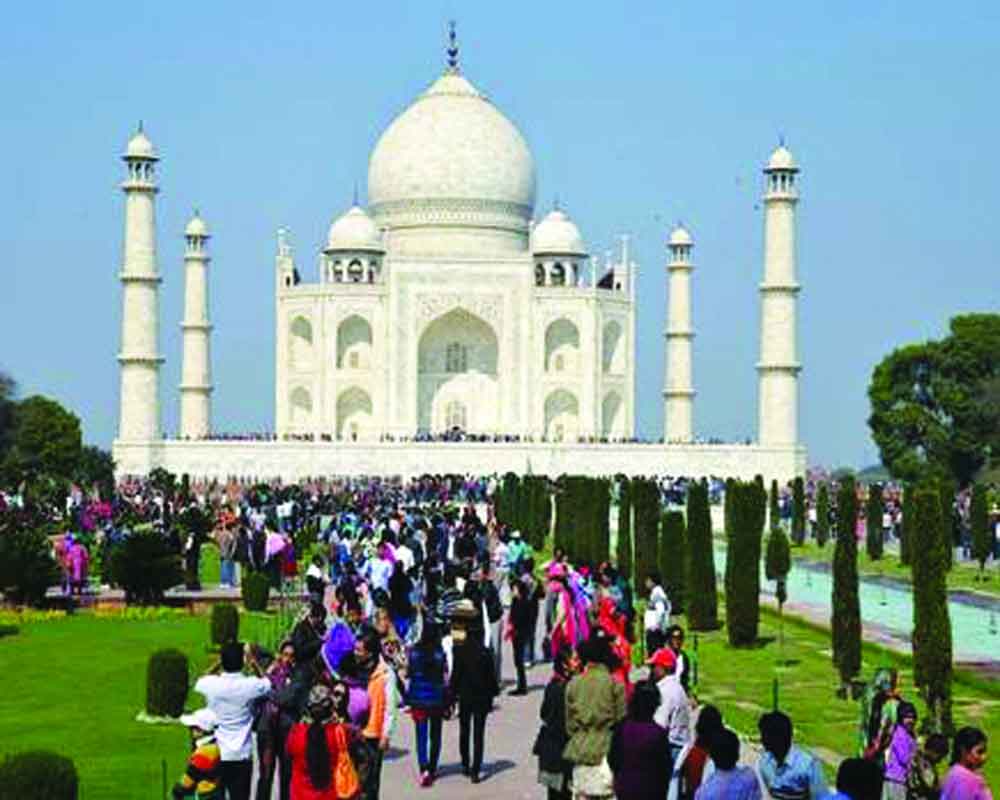Following internet shutdowns, the tourism sector is the latest victim of the Government’s high-handedness
The Government may be consistently playing down the countrywide protests over the Citizenship Amendment Act (CAA) and the National Register of Citizens (NRC) as a conspiracy of intellectuals to jeopardise its legitimate existence. But with the protests showing no signs of abating — they have now turned into a people’s movement over exclusionary and discriminatory policies that breed hatred and disunity — the clampdown on freedom of expression has been severe. So harsh that internet and mobile network shutdowns have indefinitely become the order of the day. This has elicited strong admonitions and travel advisories against India, impacting our tourism business severely. For example, tour operators in Agra, the home of Taj Mahal, have unofficially reported a loss of about 50 per cent revenue during the holiday season. Nowhere has the clampdown been as draconian as it has been in Uttar Pradesh with over 19 people killed and more than 1,100 arrests. The visitors’ count for December has been the most dismal. A paltry 4.5 lakh tourists arrived at Agra’s Taj Mahal over the new year weekend, which is down from seven lakh the same month, last year. Tourists from the US, the UK, China, France and Japan are understandably cautious after reports emerged of foreign students being deported for extending moral support to protesters. Internet cafes, a favourite among young travellers to keep folks connected to them back home, are running dry.
As the tourists have been dissuaded from travelling to India — in part because the message from New Delhi has been that it will not buckle down and, instead, has sharpened its attack on anti-CAA protesters and tightened the noose of police action — their numbers fell well before November, when the crucial Ayodhya verdict was to be announced by the Supreme Court. The month, which saw a footfall of 6.7 lakh tourists last year, saw only 5.4 lakh tourists this year. Agra alone attracts over 6.5 million tourists every year, generating nearly $14 million annually from entrance fees. Similar is the story elsewhere. Overall, the hospitality sector has been hit. Assam has already faced a loss of Rs 400 crore. Mysuru saw a 20 per cent dip in tourism. Revenues for many hotels, tour operators and guides have plunged with many tourists, both domestic and foreign, either cancelling their trips or cutting them short. This is understandable. Protests are now dragging on into the second month and have shown little signs of abating even as the Government has issued “clarifications.” There are plenty of signs of matters turning more violent as both police and marchers up the ante. The larger question, however, is whether the tourism sector will be able to absorb the damage once normalcy returns. For an industry, which the Government pegged as a growth driver even in a slowing economy, this is a bad sign. In this business, perception matters and the atithi is certainly not feeling welcome anymore.








 OpinionExpress.In
OpinionExpress.In















Comments (0)